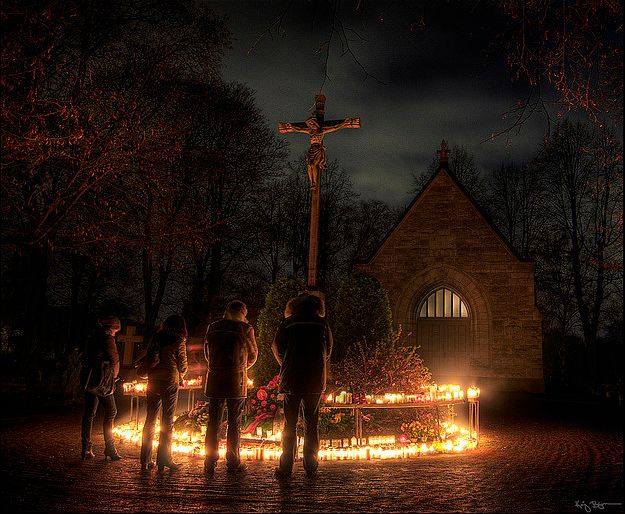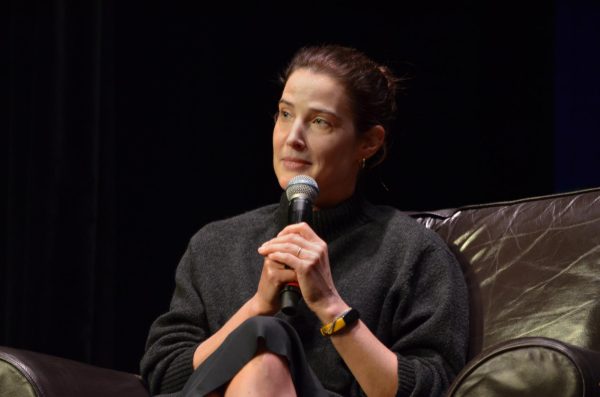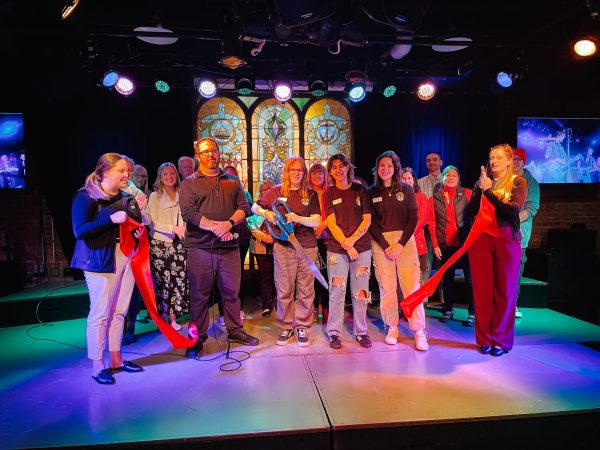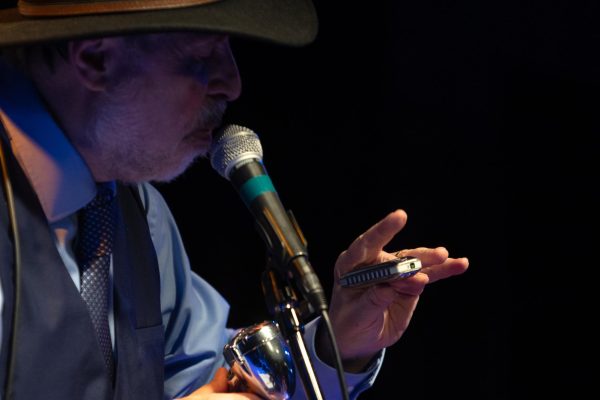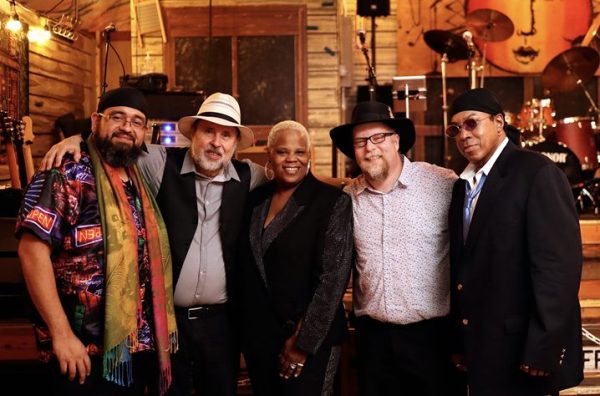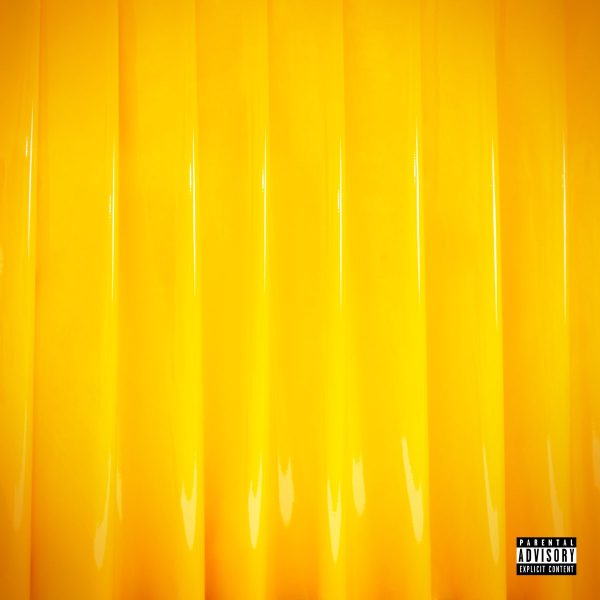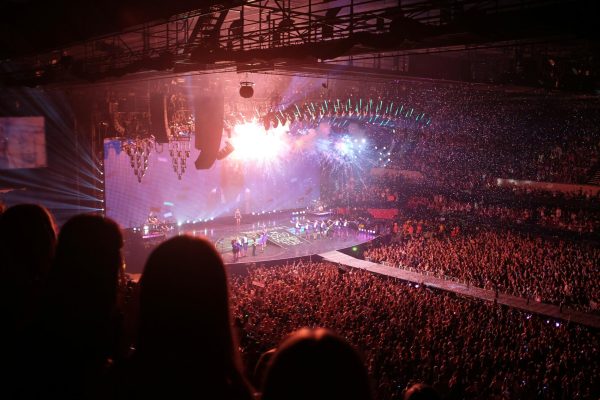How the mythology of Halloween and witches has shifted throughout history
October 30, 2019
Clowns, zombies, witches and various cinematic characters can be seen roaming around the streets on Oct. 31. Halloween has been celebrated throughout history in a variety of different ways with a variety of different myths and legends.
The tradition of Halloween originates from All Saint’s Day, but it is most famously associated with the ancient Celtic festival of Samhain.
People would light bonfires and wear costumes to ward off ghosts, according to the History Channel. Celts believed during the night before the new year, the boundary between the worlds of the living and the dead become blurred. During the night of Oct. 31, they believed the ghosts of the dead returned to earth.
“What it is is a harvest festival,” said Michael D. Bailey, a professor of history and author of a variety of books on witchcraft including “Magic: The Basics” and “The A to Z of Witchcraft.”
“The Romans had things like that too, lots of pre-Christian cultures and non-Christian cultures have the festival,” Bailey said.
Bailey said it is a natural time to have a festival because it is the middle of autumn and it’s the time of the harvest.
“What happens is Christianity layers that over,” Bailey said.
Pope Gregory III designated a festival to honor saints and martyrs between May 13 to Nov. 1. In 1000 A.D., the church made Nov. 2 All Soul’s Day to honor the dead which incorporated aspects of Samhain.
The night before All Saints’ Day was known was Hallow’s Eve and, later, Halloween.
As time has progressed, beliefs surrounding witchcraft and the supernatural have shifted and changed. In western culture, there is a divide between what is seen as the medieval and the modern.
“Modern western society is rational and scientific and does not believe in magic,” Bailey said. “Whereas there is this period where we consider premodern and in too many ways we still see them as primitive […] because they believed in magic.”
Bailey said, realistically, there is not as large of a divide as we may believe.
There are people who say explicitly they believe in magic and there are others who believe in ghosts and other supernatural entities.
Magical beliefs in the middle ages were potions, summoning demons, but it was also beliefs in ghosts and demons but in modern times beliefs are more focused on ghosts and supernatural.
“One of the things that has happened as you move towards ‘the modern’ and the more scientific is portions of magic get pushed away if they can be easily disproved or explained away by science,” Bailey said.
Witches
The origin of the label of ‘witch’ and people who practice witchcraft is unknown.
“The terms witchcraft and witch derive from Old English wiccecraeft: from wicca (masculine) or wicce (feminine), pronounced ‘witchah’ and ‘witchuh,’ respectively, denoting someone who practices sorcery; and from craeft meaning ‘craft’ or ‘skill,’” according to Encyclopedia Britannica.
The earliest record of a witch is in the Bible, in the Book of Samuel, according to the History Channel.
“It tells the story of when King Saul sought the Witch of Endor to summon the dead prophet Samuel’s spirit to help him defeat the Philistine army,” according to the History Channel.
Some of the beliefs surrounding witches is they’re all women, they’re involved with the devil and they wear pointy hats.
Despite the belief all witches are women, during the height of the witch hunts in the 1500s and 1600s, Bailey said across all of Europe about 25 percent of those accused were men.
Bailey said there are two possible reasons why more women were persecuted as witches than men; a legal argument and a homemaking argument.
Throughout most of the witch hunts, and into antiquities, women had much less of a legal status than men, making them “easier targets” for legal accusations.
“In witch accusations, the women who get targeted are most often women who don’t have men around them in some way,” Bailey said. “They’re not married, they don’t have a father anymore, they don’t have male relatives of some kind.”
Without these male relatives, there is no one to act as legal protection for them.
Another reason why women were disproportionately seen as witches and persecuted is because the magic is associated with witches tends to be related to the traditional feminine sphere.
“It’s magic that has to do with fertility […] even things like brewing potions and making potions in the sense that it has some relation to cooking,” Bailey said.
Bailey said witches being involved with the Devil comes from the Christian understanding of what magic is.
“Magic is always, historically speaking, kind of risque and elicit in a lot of cases, it’s what approved of religion isn’t,” Bailey said.
When moving into western Europe when Christianity is dominant, Bailey said historically Christianity has been seen as a montheistic religion with one good deity with angels and saints compared to other religious with multiple deities. Because of this, Christians believed everything else was of the devil.
“Anyone who is caught performing a ritual that they may be thinking of magical, they may be thinking of as religious, but Christian authorities think of as not appropriately Christian, it has to become demonic,” Bailey said.
The black pointy hat many witches are depicted wearing is believed to originate from “The Wizard of Oz.”
“Before that historically, you have a lot of images of witches in headgear of various kinds, and it’s not that that particular type of headgear was associated with witches, it was that if you were in the time of the Puritan people wore hats like that,” Bailey said.
For those who study these myths and legends, it can be difficult to differentiate what was fictional during that period and what was truly believed.
“Even in a world where people believe [in magic] there are also plays and poems and stories about witches coded in literature, it gets used for entertainment purposes,” Bailey said.
Bailey said looking at historical beliefs is different than modern times where people can say “I like the Harry Potter movies, I don’t believe there are schools of magic in the world,” but when looking at medieval times it is more difficult.
Bailey said so many of European Middle Ages, notions of what a witch could be was framed by famous ancient Greek and Roman depictions such as Circe and Medea. Ancient Grecians knew what witches were part of entertainment and which were real within their beliefs.
“By the time you get to the Middles Ages people are not clear on the difference between a mythological witch, but it very much informs their idea of what a real witch is,” Bailey said.

